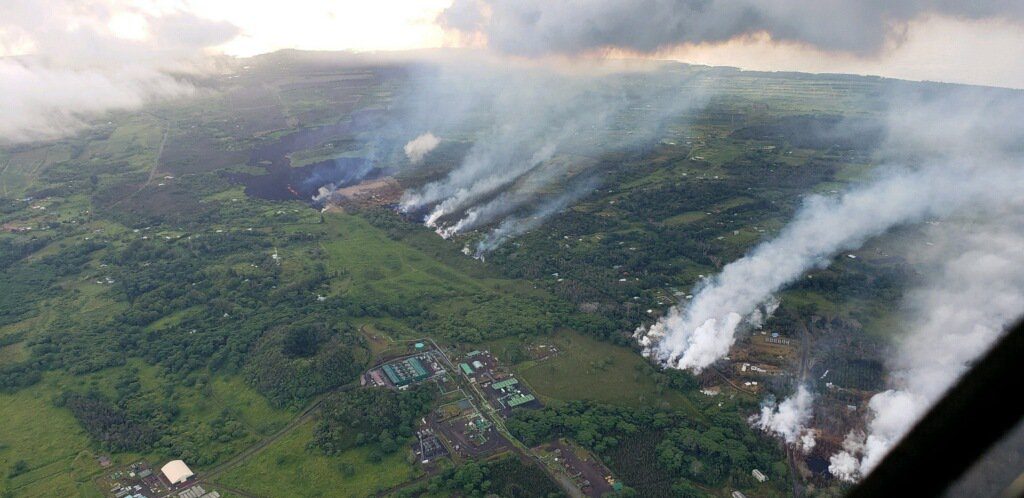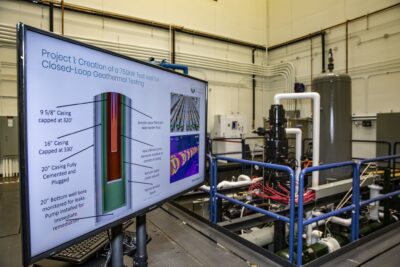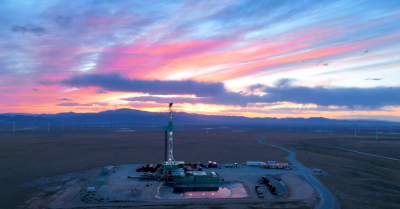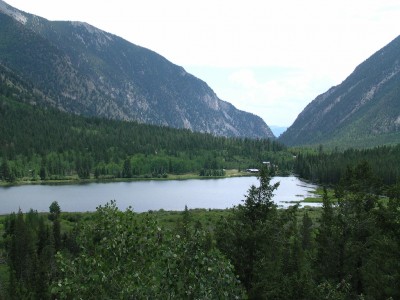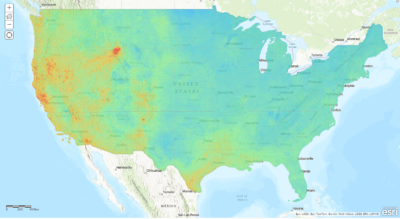Hawaii and the volcano – background on geothermal power on the Big Island
With the ongoing volcanic activity on Hawaii's Big Island and lava flows reaching the geothermal power plant of Puna Geothermal Venture, we thought it would be timely to look a little bit into the history of the plant.
Recent news report that lava flows from the Kilauea volcano event on Hawai’s Big Island have reached the premises of the geothermal power plant of Puna Geothermal Ventures. Some even reported that an associated warehouse was burned down by the lava. But – as officials of the company confirm – this was not warehouse of Puna, but “the site of the former Hawaii Geothermal Project-A, which was an experimental state venture to explore the possibility of geothermal energy production. (The “A” in the project’s name refers to geothermal well A.)”.
So we tried to briefly find out what this project was that is referred to here. On its website, Hawaii Electric Light company provides a bit of a historic background, nd.
The company operated the Hawaii Geothermal Energy Project-Wellsite A, a 3-megawatt power plant for eight years.
After years of planning and $26 million of investment, the Hawaii Deep Water Cable Program would never happen. From 1982 to the early 1990s, this program aimed to diversify Hawaii’s energy sources and lay a 150-mile submarine transmission power cable in the ocean from Puna, Hawaii island, to Maui and Oahu, the more populated islands. However, this cable program was found to not be financially feasible. The study was funded by the U.S. Department of Energy and the State of Hawaii Department of Business, Economic Development and Tourism. Hawaiian Electric Company was the prime contractor for the study with the actual research work done by a number of subcontractors.
Completed in 1990, the multi-year research project concluded that transmitting geothermal electricity from Hawaii Island to Oahu was technically feasible. However, the State did not pursue the project due to high costs and possible environmental impacts related to the project at a time when oil prices remained relatively low.
The Puna Geothermal Venture (PGV) of today includes two air-cooled power plants, a combined cycle system, and a binary system. PGV can generate up to 38 MW of electricity and sells the electricity to Hawaii Electric Light Company (HELCo) under three long-term power purchase agreements. PGV has been generating electricity since 1993. Ormat Technologies acquired PGV in June 2004 and has increased the power plant’s production through upgrades.
Now the question is how things will evolve with the damage and the capped wells.
Source: Hawaiian Electric, Puna Geothermal Venture, Star Adviser, HGGRC
